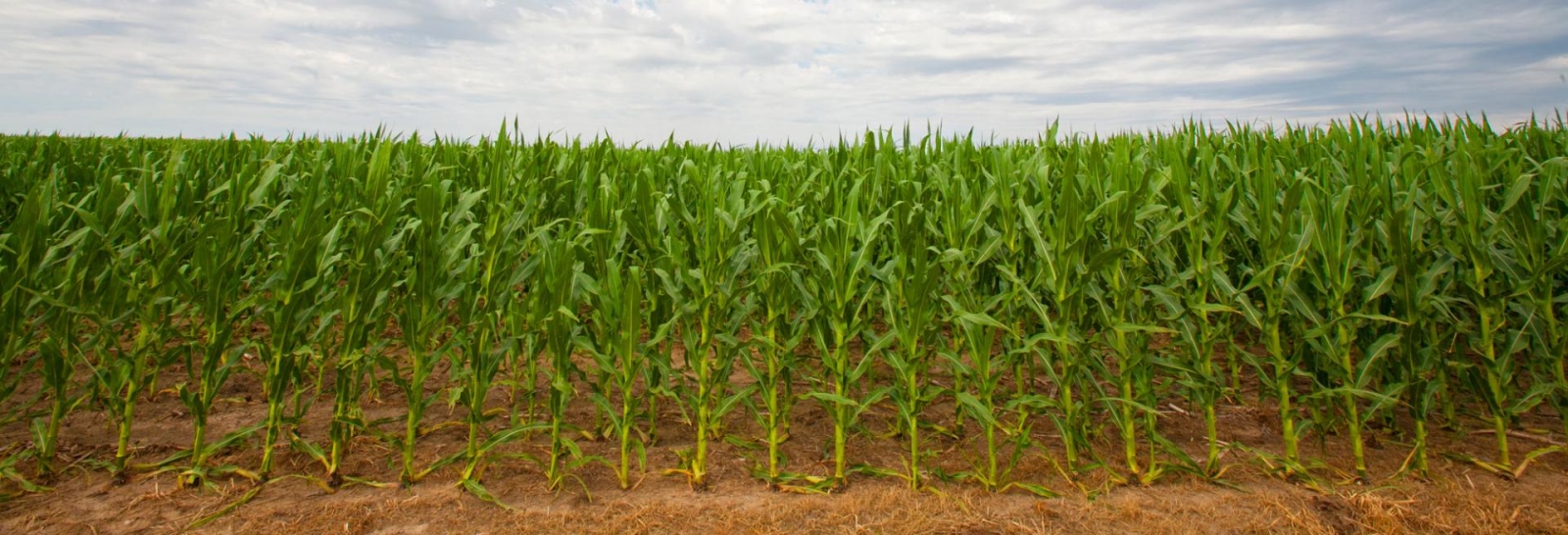June 23, 2010
The year’s second hatch of rangeland grasshoppers is now underway in western and central Nebraska, and locally heavy infestations are occurring in Box Butte, Lincoln, Morrill, and Scotts Bluff counties. Other areas also may experience large outbreaks as this hatch continues.
We recommend that landowners scout their property now to determine if they have an economically important grasshopper infestation.
|
Treatment Thresholds
Treatment is warranted when grasshopper nymphs at the 3rd and 4th instar are spotted and the total number averages 25 to 30 per square yard. Grasshoppers develop through four immature stages, or instars, prior to becoming winged adults.
The western half of Nebraska was at a high risk for rangeland grasshopper infestations this spring and early summer, based on the 2009 fall grasshopper survey conducted by the USDA.
Grasshopper Lifecycle
Western Nebraska generally experiences three grasshopper population peaks early in the year. The earliest grasshoppers can sometimes be seen even on warm days in February. They overwinter as adults or well-developed immature grasshoppers, and often do not cause problems. However, the remaining two populations overwinter in the egg stage in protective cases in the soil. The grasshoppers that hatch from these eggs result in most of the grasshoppers seen right now.
The first hatch began about one month ago and resulted in fewer grasshoppers than expected. The unusually cool and wet weather this spring killed many of the grasshoppers.
Treatment Recommendations
Pastures and Rangeland
For pasture or rangelands the recommended treatment is to use the RAAT’s system (Reduced Area and Agent Treatment). With this approach treated swaths 100 to 150 feet in width are alternated with 100- to 150-foot wide untreated swaths. This treatment strategy reduces the amount of insecticide applied by 50%.
The insecticide used with this system is Dimilin® 2L, which has residual activity approaching 28 days. The recommended application rate is 1 ounce of Dimilin plus 3 ounces of canola oil plus 1 ounce of concentrated crop oil per acre. The crop oil acts as a dispersant, and the canola oil acts as a bait to attract the grasshoppers into the treated swaths.
|
||||
The most important factor using this treatment strategy is to apply this control product when 4th instar grasshopper nymphs appear. This product will not work on adult grasshoppers. Treatment at the appearance of 4th-instar grasshoppers ensures that most of the grasshopper population has hatched and all are susceptible to the insecticide.
A survey of 10 Nebraska aerial applicators in May indicated that the cost of this type of treatment ranged from $3.00 to $9.84 per treated acre or $1.50 to $4.93 per protected acre. A treated acre is the area where the insecticide was actually applied. A protected acre includes the treated acre along with the untreated acre.
Field Crops
Growers should note that if they had significant problems with crop damage from grasshoppers last year, there is a chance that it will occur this year in the same areas.
Examine crop borders and ditch banks now for small grasshoppers, especially in fields adjacent to pastures. To reduce the potential for crop damage, treat field borders. For field crops for which Dimilin® 2L is labeled, use a 2 ounce rate along with 1 ounce of concentrated crop oil per acre. Be aware that Dimilin® 2L is not labeled for corn or alfalfa, but it is labeled for soybean and wheat. For more information on grasshopper identification, scouting procedures, and additional control options, please consult entomology.unl.edu/grasshoppers.
Additional Information
-
USDA Adds Funding for Grasshopper Control in Western States
-
A Guide to Grasshopper Control on Rangeland (G1630)
-
A Guide to Grasshopper Control in Cropland (G1627)
-
Grasshopper Identification Guide for Cropland Grasshoppers — Summer Feeding Species (EC1569)
-
Grasshopper Identification Guide for Rangeland Grasshoppers — Fall/Spring Feeding Species (EC1567)
-
Grasshoppers of Nebraska (EB3), a 140-page field guide
Jeff Bradshaw
Extension Entomology Specialist, Panhandle REC, Scottsbluff
Dave Boxler
Extension Educator, West Central REC, North Platte



